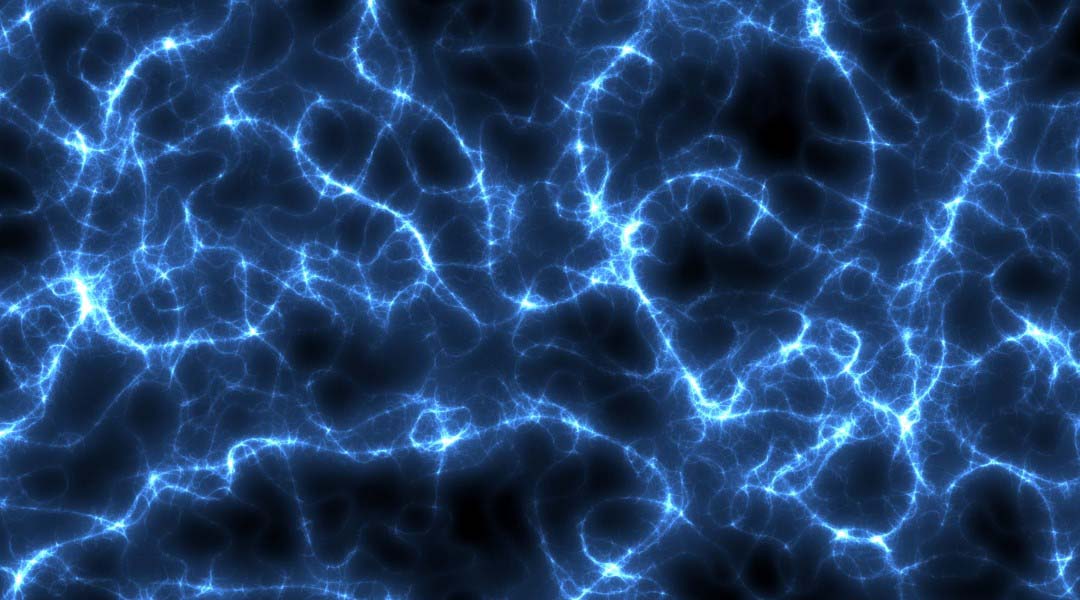Nuclear fusion is widely regarded as one of the most promising sources of clean and sustainable energy of the future. In a fusion reaction, two light atomic nuclei combine to form another, whose mass is less than the total mass of the original pair, and according to Einstein’s famous formula E = mc2, this mass difference gets transformed into energy that can be utilized.
The problem with this source of energy is that for positively charged nuclei to fuse, they have to overcome the electrical repulsion between them. For this, the velocity of colliding nuclei must be very high, which is achieved by heating the substance in which the reaction takes place to an enormous temperature, at least tens of millions of degrees Kelvin.
Of course, no material can withstand contact with matter at such temperature, so in all prototype fusion reactors, a magnetic field is used to contain the hot plasma, limiting its movement and preventing it from coming into contact with the walls of the reactor. However, in a hot plasma instabilities constantly arise, which can force it to leave the region of the “magnetic container” and collide with the walls of the reactor, damaging them. Such contacts also guarantee the cooling of the plasma and the termination of the fusion reaction.
In order to prevent these violent plasma disruptions, it is necessary to monitor plasma parameters such as its density and shape in real time and respond instantly to impending disruptions. To achieve this, a team of American and British scientists led by William Tang of Princeton University, has developed a machine learning-based software that can predict the disruptions and analyze the physical conditions which result in them.
In their work, the physicists used a large amount of data from the British JET facility and the American DIII-D machine, which are tokamaks, fusion reactors in which the plasma has the shape of a donut. To be more precise, the researchers used some of the data they had on the state of the plasma in the reactors during their operation to train the program. This training allows the software to to predict when a disruption would occur. The accuracy of these predictions could then be tested using real world data not used in the training set.
The team not only trained their software to correctly predict the disruptions, but also to analyze the physical processes occurring in the plasma that led to these events. This property of the algorithm is essential, since in the operation of a real fusion reactor it is important not only to understand that a disruption is approaching, but also to be able to prevent it by changing the parameters of the plasma in the reactor within milliseconds.
With a larger dataset and more powerful supercomputers, such as those currently being built at Oak Ridge National Laboratory, Lawrence Berkeley National Laboratory, and Argonne National Laboratory, the researchers hope they can make their algorithm even more sensitive to the processes occurring in the plasma, and hence more accurately predict and respond to impending disruptions.
They expect that the software they have developed will be implemented on the current prototype tokamaks, whose data they used in their study, as well as on future more powerful machines such as ITER, currently under construction in France. If this happens, then this may lead to earlier stable energy production from fusion reactions.
References: William Tang et al, Implementation of AI/DEEP learning disruption predictor into a plasma control system, Contributions to Plasma Physics (2023), DOI: 10.1002/ctpp.202200095.
Julian Kates-Harbeck, et al, Predicting disruptive instabilities in controlled fusion plasmas through deep learning, Nature (2019), DOI: 10.1038/s41586-019-1116-4.
Feature image credit: TheDigitalArtist on Pixabay

















